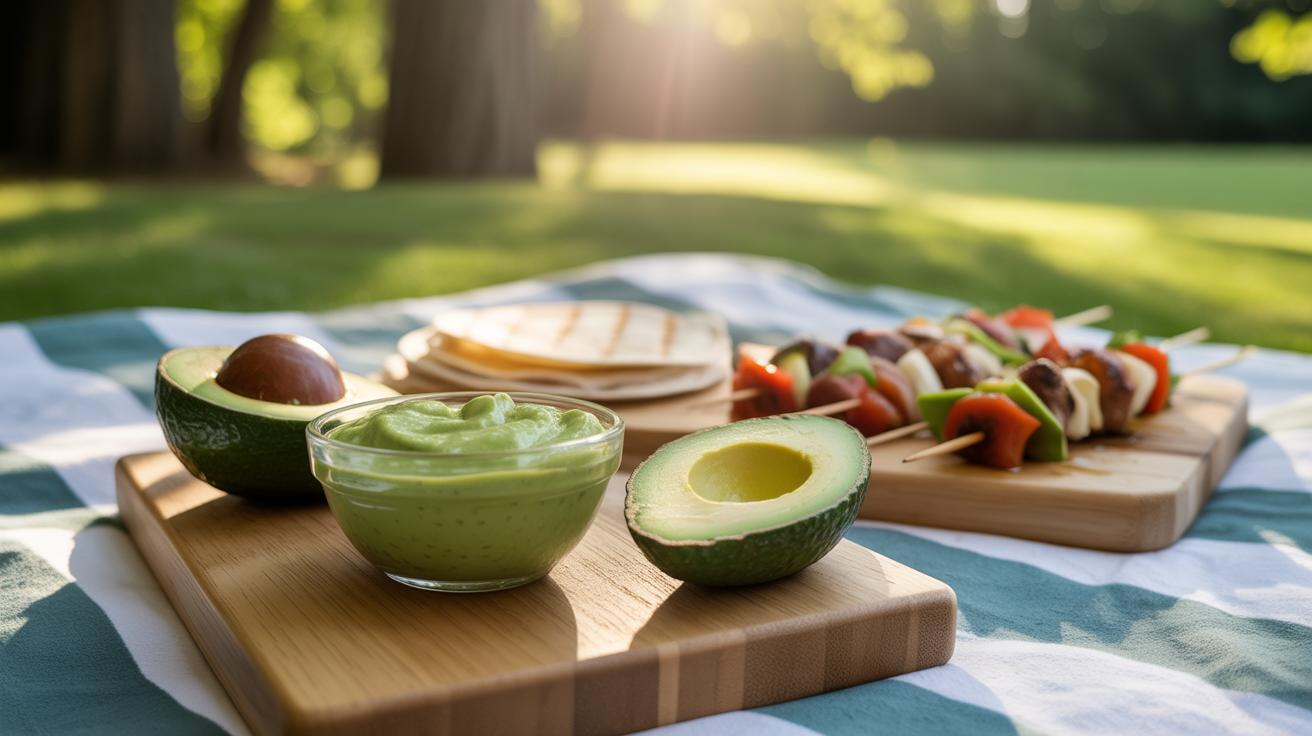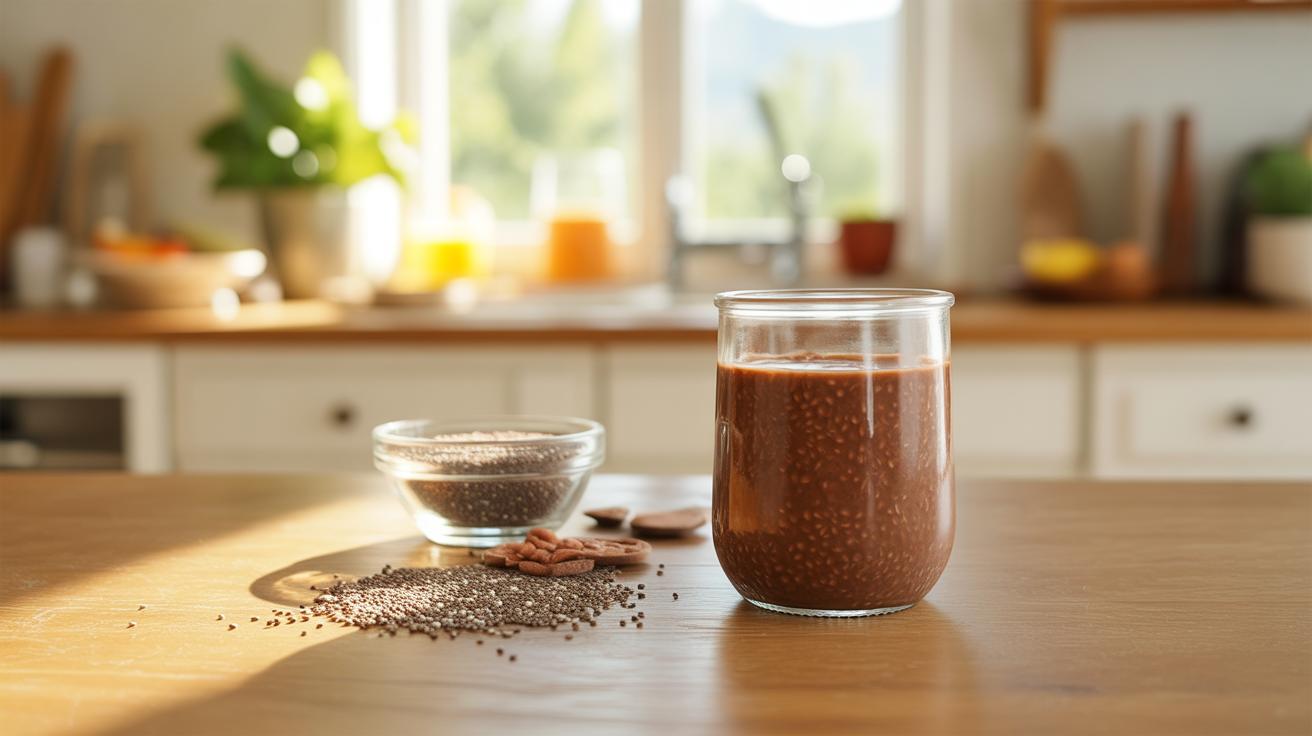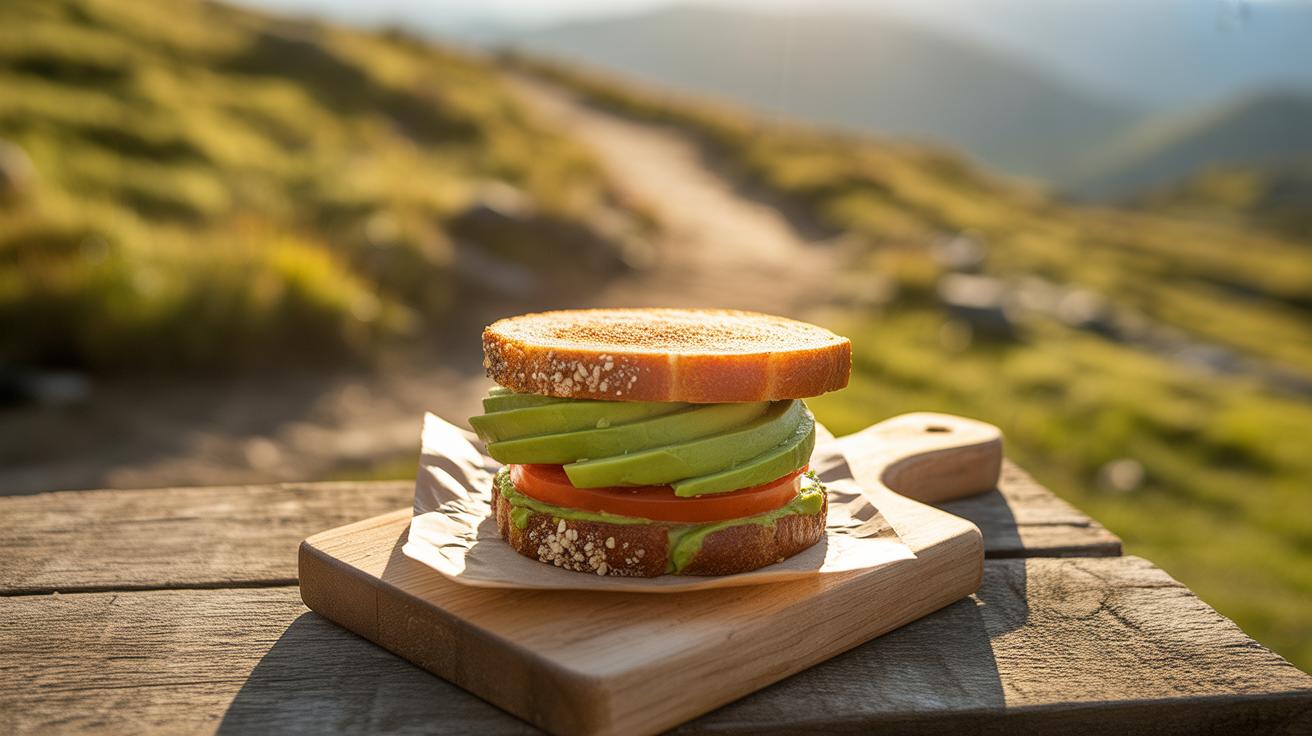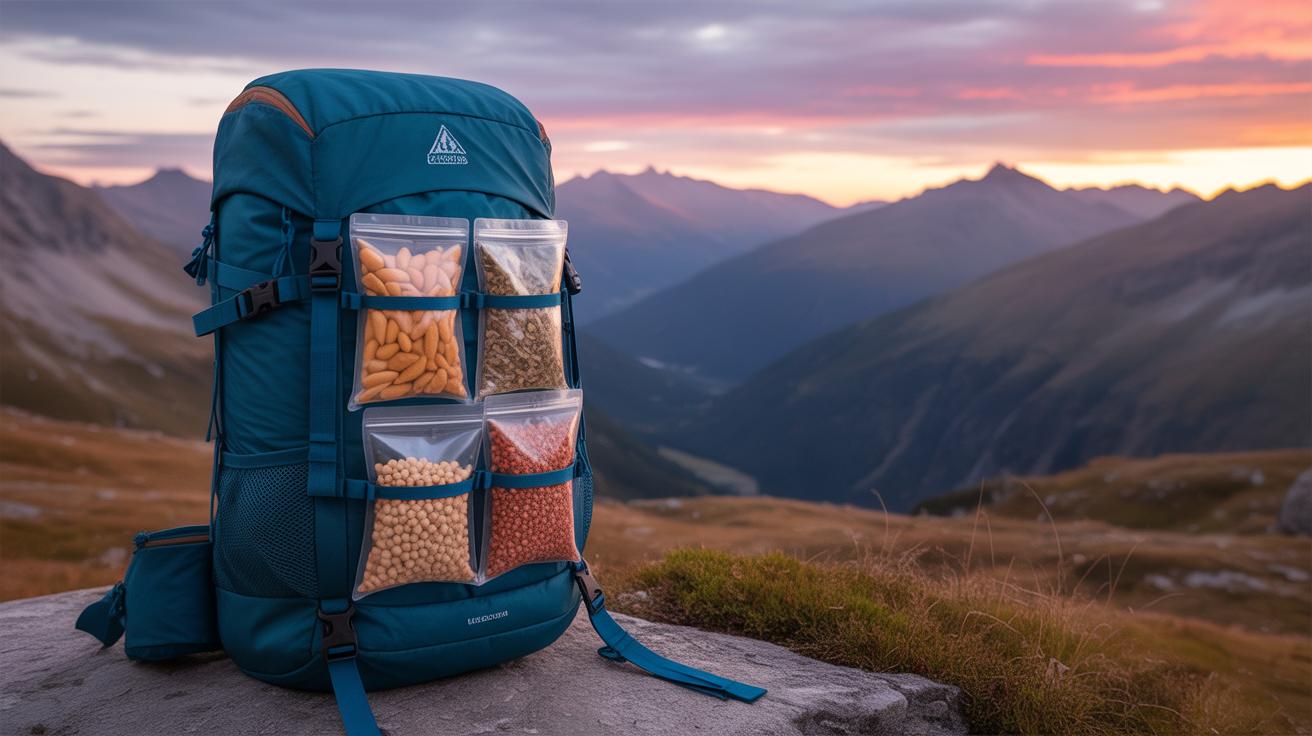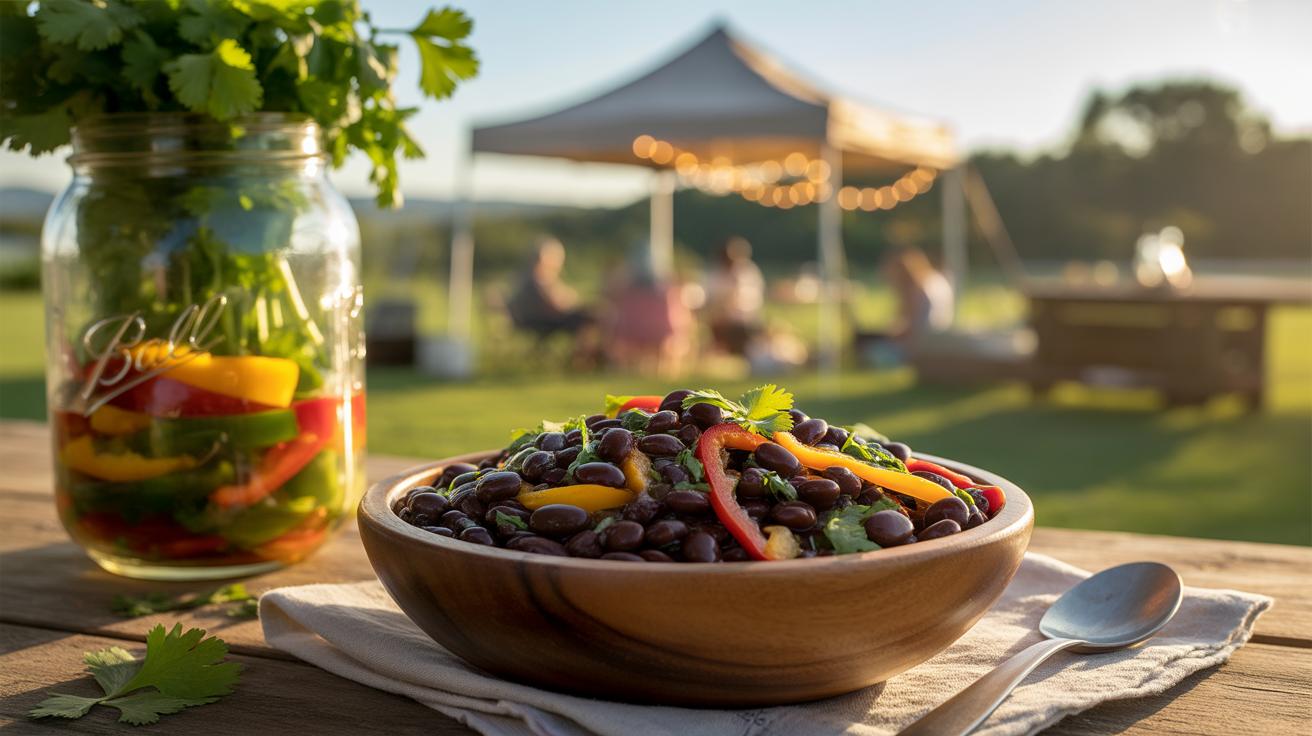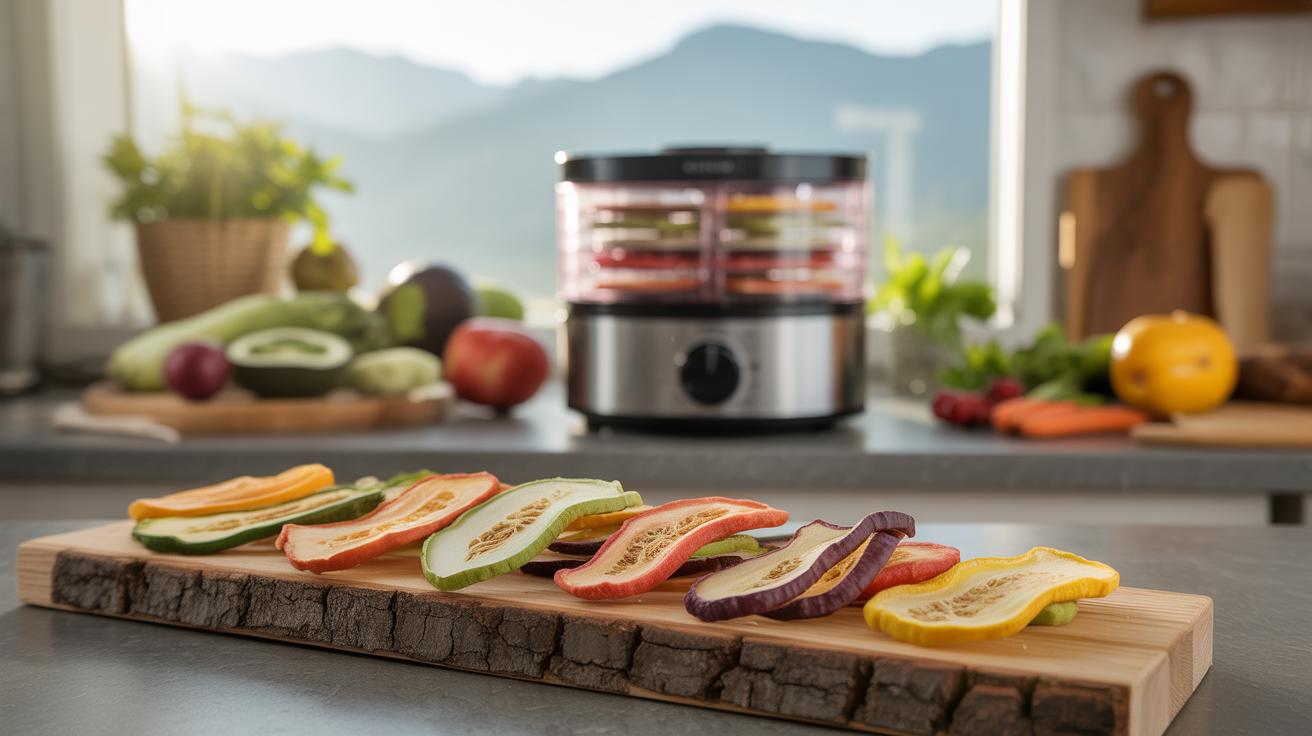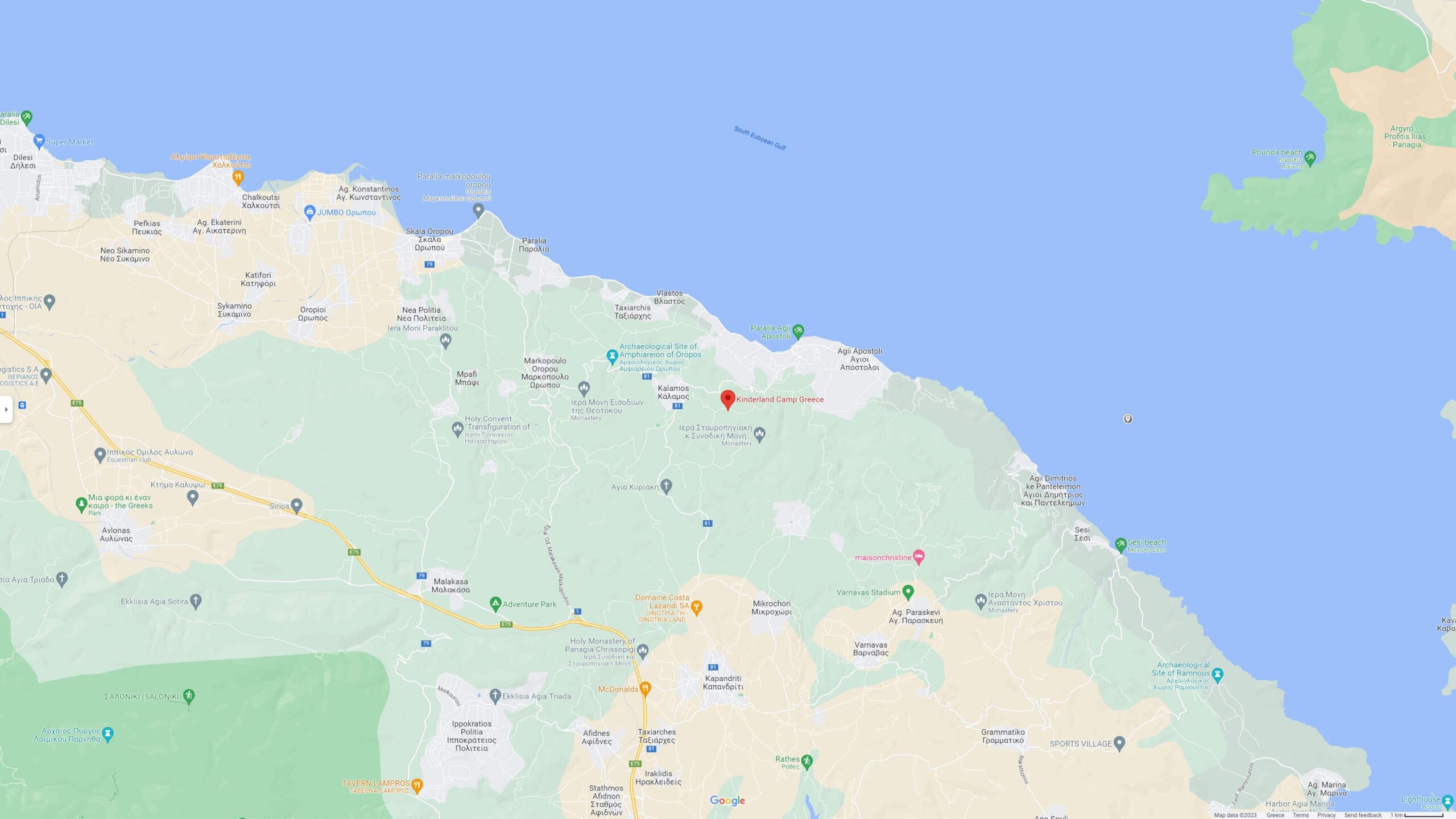Introduction
Panang curry is a type of Thai red curry that is known for its thick texture and mix of salty and sweet flavors. It has a special taste from makrut lime and a rich coconut milk base. This recipe is great for campfire cooking because it uses easy-to-carry ingredients and simple steps, making it a perfect meal to cook outdoors.
In this article, you’ll learn what Panang curry is, the best ingredients to bring, and how you can prepare this fragrant meal right on your campfire. Cooking this curry outside adds an enjoyable touch to your camping trip. Let’s explore how to make a delicious Panang curry meal during your next outdoor adventure.
Understanding Panang Curry

Panang curry is a type of Thai curry that many people find both tasty and comforting. It’s a rich dish made with coconut milk, which gives it a smooth and creamy texture that almost feels like a warm hug in your mouth. The main ingredients usually include meat like beef or chicken, coconut milk, Panang curry paste, and some vegetables or herbs for flavor.
The taste is a bit different from other Thai curries because it blends sweet, salty, and slightly spicy flavors. Imagine something that’s not too hot but still has a little kick—like a gentle tease on your tongue. The texture, thanks to the creamy coconut base, feels thick and velvety, not watery or runny, which makes it great for soaking up rice or even, well, eating on its own.
What Makes Panang Curry Unique
What really sets Panang curry apart is the special paste used to make it. This paste includes ingredients like dried chili peppers, garlic, shallots, and lemongrass, but two things stand out: makrut lime zest and peanuts. The lime zest gives a bright, slightly tangy flavor that cuts through the creaminess, while peanuts add a subtle nuttiness and even a little texture when crushed into the mixture.
This combination makes Panang curry taste both sweet and salty, with a hint of earthiness from the peanuts. It’s a little unusual compared to other Thai curries, which might be more herb-forward or really spicy. The sweet and salty balance makes it easy for most people to enjoy, even if they’re not fans of spicy food.
Where Panang Curry Comes From
Panang curry comes from Thailand, though exactly where is a bit of a mystery. Some say it’s named after a place called Penang, a region in Malaysia, which suggests the curry may have connections there or was inspired by dishes from that area. But in Thailand, it took on its own style and ingredients, becoming part of the country’s rich culinary tradition.
This curry has been around for quite some time. It’s part of the central Thai cuisine, often found in homes and restaurants alike. Over the years, it became popular because of its comforting and approachable taste. It tells a small story about how people in that region like to combine ingredients—something creamy, something spicy, something salty, and a touch of sweet—all in one dish.
Choosing Ingredients for Campfire Panang Curry

When packing for Panang curry over a campfire, picking ingredients is a bit of a balancing act. You want things that survive the trip and still taste good when cooked outdoors. Start with your spices and curry paste—dry or pre-made pastes sealed in small packets work best. Powdered chili, ground coriander, cumin, and a bit of dried lemongrass mix well in advance. These last long and won’t be messy to carry.
For the curry paste, bringing a small jar or tube of Panang curry paste from the store works fine, but if you have time, making your own before the trip and freezing it in tiny portions can be a game changer.
Protein choice matters too. Canned chicken or foil-packed fish are super convenient and don’t require refrigeration. If you’re okay with carrying coolers, fresh chicken or beef thinly sliced cooks quickly on campfire flames. Vegetables should be hardy ones—bell peppers, carrots, baby corn, and green beans keep well and add crunch. Onions and garlic keep fresh for a day or two outside and really boost flavor, but you might want to plan eating those on the first night.
While it’s tempting to bring fresh herbs like kaffir lime leaves or Thai basil, they’re fragile and don’t pack well unless you use a small airtight container. Dry lime leaf powder can step in instead. The trick is to keep your ingredients simple but flavorful enough so the fire’s heat and smoky notes don’t overpower your Panang curry.
Preparing Your Campfire for Cooking

Building the Right Fire
Getting the fire just right for cooking Panang curry takes a bit of practice, but it’s not as tricky as it sounds. You want a fire that holds steady heat without huge flames licking your pot. Using hardwoods—oak, hickory, or maple—works best because they burn slower and create lasting coals. Softwoods like pine burn fast and can flare up unpredictably, which might make simmering your curry difficult.
Start with a small teepee arrangement of kindling, then add thicker sticks as it catches. After it’s burning steadily, spread the embers out a bit to form a glowing bed of coals. This way, you can place your pot close enough to cook through without burning or scorching. I find arranging logs in a parallel fashion with a gap in the middle also helps control the heat better, but you might want to experiment a bit with what works for your setup.
Choosing Cookware for the Campfire
Not all pots and pans behave well over an open flame. For Panang curry, something with a thick base is ideal because it distributes heat more evenly. Cast iron pots are often the go-to; they hold heat well and develop a nice seasoning over time. Though, they’re heavy—something to consider if you’re carrying your gear a long way.
Alternatively, heavy-duty stainless steel pots with snug-fitting lids work pretty well. Avoid thin aluminum or nonstick pans as the uneven heat from the fire can warp or ruin the coating. A Dutch oven is great because you can use it directly on coals or hang it over the fire. Just make sure your cookware has sturdy handles for easy maneuvering and safety.
Remember, controlling the heat with your fire setup can reduce the risk of burning your Panang curry, no matter the cookware. Sometimes, using a grill grate to elevate your pot helps you keep more distance and regulate cooking temperature better. Have you tried different setups before? It’s a bit of trial and error, but it’s worth the taste payoff.
StepbyStep Campfire Panang Curry Cooking

Starting with the Curry Paste and Coconut Milk
Once your campfire is ready and simmering, place a sturdy pot or pan over the flames. Start by pouring in the coconut milk—about one to one and a half cups should do, depending on your serving size. Let it warm slowly; you don’t want it boiling vigorously, or it might separate. Then, add two to three tablespoons of Panang curry paste directly into the coconut milk. Stir carefully as the paste dissolves and infuses the milk with its flavors. You’ll notice it thickens and the color deepens—that’s your base building up. Keep the heat steady, not too high, so the aromas develop without scorching. This slow melding is key to the rich, fragrant foundation of Panang curry.
Adding Meat, Vegetables, and Finishing Touches
When the coconut milk and curry paste blend looks smooth and aromatic, it’s time to add your protein—chicken, beef, or tofu work well. Cut into bite-sized pieces so they cook evenly over the fire. Toss them in and stir gently, letting them simmer for 10-15 minutes or until cooked through. Then, add vegetables like sliced bell peppers, green beans, or bamboo shoots. They don’t need long, just enough to soften slightly but retain some crunch. Taste your curry mid-way and season with fish sauce or salt, plus a little palm sugar or brown sugar to balance the heat. Don’t rush this part—you’ll see how tweaking these ingredients changes the flavor. Stir often to avoid sticking, and once everything is tender and nicely combined, your curry’s ready to enjoy straight from the pot.
Tips for Enhancing Flavor Outdoors

Cooking Panang curry over a campfire brings a different energy to the dish, but it can also challenge the flavors a bit. Sometimes, things don’t develop as deeply as they do on a stovetop, so a few small tweaks can help you get that layered taste you’re after. One thing I’ve learned is to lean on fresh herbs—especially makrut lime leaves.
Using Fresh Makrut Lime Leaves and Lime Zest
Fresh makrut lime leaves add a brightness that cuts through the rich coconut milk. When you’re outdoors, grab a few leaves and tear or bruise them before tossing them into the pot. This releases the oils gently without overpowering the curry. If you have a small grater or zester, scraping a bit of lime zest and adding it near the end gives that pop of freshness that sometimes gets lost over the campfire’s smoky heat.
I found that even a little zest goes a long way, as it can turn the curry from somewhat flat to lively and fragrant. Plus, it smells great around the campsite. The flavors mingle nicely, but you want to be careful not to add too much at once—it can get bitter.
Balancing Sweet and Salty Flavors
Getting the sweet-salty balance outdoors is tricky because open flames cook unevenly. Palm sugar and fish sauce are your main tools here, but quantities might need some trial and error. Sometimes I add a little less palm sugar at first, then taste and adjust. Fish sauce can sneakily tip the scales toward saltiness if you’re not cautious, so add it gradually.
You might find that the smoky campfire flavor affects your palate, making the curry feel less sweet or salty than it really is. If you like it a bit sweeter, don’t hesitate to toss in a touch more palm sugar, just a small pinch. Likewise, a splash more fish sauce can bring in that umami punch, especially if the broth feels dull.
Does your curry feel off after cooking? Play with these two ingredients and try to taste as you go—though not everyone wants to eat curry mid-cooking! I often think about the balance until the last minute. The great thing about campfire cooking is you can adjust on the spot, so use that to your advantage.
Serving Suggestions for Campfire Panang Curry

When it comes to serving Panang curry outdoors, simplicity works best. You want a meal that’s easy to manage but still feels satisfying. Bringing along a small lightweight bowl or even a deep plate makes scooping the curry easier. It’s tempting to just dive in from the pot, but having personal dishes helps everyone enjoy the meal comfortably.
Pairing Panang Curry with Rice or Bread
Rice is the classic partner for Panang curry, but not all rices travel well. Pre-cooked jasmine rice frozen in zip bags is one way to go—you can warm it right in the pot or over hot coals. Instant rice packs are another quick option, though the texture varies. If you want a break from rice, sturdy breads like naan or pita carry well and are great for dipping. These hold up better than softer breads when camping.
Garnishes and Extras to Bring
Simple garnishes add a lot without extra fuss. Chopped peanuts give a nice crunch and a bit of nutty depth—pack them in a small container or zip bag. Fresh herbs like cilantro or Thai basil brighten the curry’s richness; just bring a small bunch wrapped in a damp cloth to keep them fresh. A squeeze of lime, if you’re willing to carry one, provides a fresh acidity that can balance the creamy curry flavor. These touches make it feel less like camping food and more like a thoughtful meal.
Cleaning Up After Cooking Outside

Efficient Cleaning of Cooking Tools
After enjoying your Panang curry by the fire, cleaning up doesn’t have to be a hassle. Use just a small amount of water—maybe a cup or two—to rinse your pot and utensils. Scrape off any leftover curry bits first with a spatula or even a leaf if you don’t have scrap tools. Then, pour water into the pot, swirl it around, and dump it where it won’t harm plants or water sources.
If you brought biodegradable soap, a little goes a long way. A quick scrub with a small sponge or cloth is enough to clear leftover oils. Rinsing multiple times isn’t necessary outside—one thorough rinse usually does the trick.
It might feel odd to save water when you’re surrounded by nature, but conserving is better for the campsite and your supply. You can always wipe down tools with a dry cloth to finish the job if water is tight.
Leave No Trace Principles
Food scraps from Panang curry, like bits of meat or vegetables, attract wildlife—something you want to avoid. Pack out as much leftover food as you can in sealed bags. If you must bury scraps, find a spot at least 200 feet from water and dig a hole at least six inches deep. But honestly, carrying waste out is safer for animals and the environment.
Packaging and wrappers also need thoughtful handling. Break items down to save space, then pack everything in durable bags. Don’t leave food containers or even small bits of plastic behind; they harm the soil, scare away wildlife, and spoil the campsite for others.
Sometimes it’s tempting to just toss scraps or rinse water nearby, but ask yourself—does this respect the place? Thinking this way helps keep nature pristine for everyone, and it makes your next campfire meal all the sweeter knowing you left nothing but footprints.
Making Your Campfire Panang Curry Experience Memorable

There’s something special about sharing Panang curry cooked over a campfire. When you invite friends or family to join in, the meal becomes more than just food—it turns into a moment, slowly soaking in laughter, conversation, and maybe a few surprises from the fire’s mood.
Cooking and eating outdoors invites a slower pace. Watch how people naturally gather around the warmth, sometimes swapping stories or swapping small tasks, like stirring the curry or passing the rice. These moments build memories you probably didn’t plan but end up valuing.
To make the experience even more engaging, consider mixing up the Panang curry recipe each time. Try adding different kinds of vegetables, maybe swapping chicken for tofu, or adjusting the chili level to match your group’s fiery preferences. Sometimes it’s fun to challenge yourself with ingredients you wouldn’t normally combine.
Have you ever wondered if a really creamy coconut milk or a tangier herb would shift the whole dish? Don’t hesitate to experiment—these little changes can make your campfire meal uniquely yours. In fact, some of my best outdoor dinners came from happy accidents and new twists.
So next trip, think about how you can turn cooking Panang curry into a shared ritual, full of small tweaks and shared enjoyment. The dish is flexible enough to reflect your mood, your group, and the unpredictable magic of being outside.
Conclusions
Panang curry is a versatile and flavorful dish that fits well with campfire cooking. Its thick coconut milk base and simple cooking method make it easy to prepare in a camping setting. Bringing this meal idea to your outdoor trips can enhance your experience with a tasty and warm dish.
Now that you know the essentials of Panang curry and how to cook it by the fire, you’re ready to try it yourself. Gathering the right ingredients and following the cooking steps will help you enjoy a special meal outdoors. Try it on your next trip and savor the rich tastes of Thailand under the open sky.




